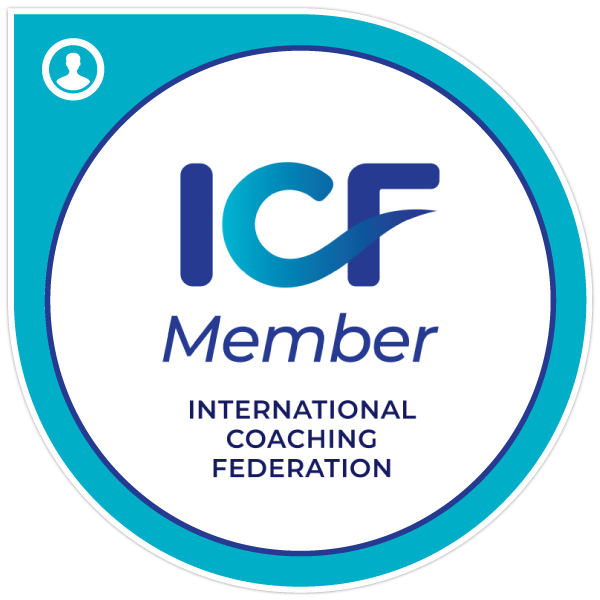An effective organizational structure is critical for the success of any business, as it establishes a clear framework for authority, communication, and the execution of tasks. This structure serves as the backbone of a company, influencing everything from day-to-day operations to long-term strategic planning. The optimal configuration can enhance efficiency, foster a positive work environment, and contribute to overall organizational health. This article delves into the key components that form the foundation of an effective organizational structure, ensuring that businesses are well-equipped to achieve their goals and adapt to changing environments.
The first component to consider is hierarchical levels, which define the layers of management and their respective authority within the organization. Next, departmentalization refers to how jobs are grouped together to promote efficiency and effectiveness. Another crucial aspect is the balance between centralization and decentralization, which determines the locus of decision-making power. Formalization measures how standardized an organization’s jobs are and the extent to which employee behavior is guided by rules and procedures. Lastly, communication channels are vital as they dictate the flow of information and play a significant role in the functionality and adaptability of the organization. Understanding and strategically integrating these components can significantly enhance a company’s operational coherence and capacity to thrive in competitive markets.

Hierarchical Levels
Hierarchical levels are a fundamental component of an effective organizational structure. This aspect delineates the layers of authority and responsibility in an organization, establishing a clear framework for supervision and reporting. Hierarchies are designed to ensure that there is a defined chain of command through which decisions flow and are communicated from the top down. This structure helps in maintaining order and control, enabling efficient management of resources and decision-making processes.
The concept of hierarchical levels varies from one organization to another. In some cases, organizations may opt for a tall hierarchy with multiple layers of management, which can be beneficial for larger, more complex organizations where close supervision is necessary. On the other hand, a flat hierarchy, which features fewer levels and thus broadens the span of control for each manager, can lead to faster decision-making and increased flexibility. This is often more suitable for smaller, more dynamic organizations or those aiming to foster a more inclusive and open work environment.
Implementing an appropriate hierarchical structure requires careful consideration of the organization’s goals, the complexity of its operations, and its corporate culture. The right balance in hierarchical levels can enhance clarity in roles and responsibilities, improve coordination, and optimize the effectiveness of organizational communication. Misalignment in these levels, however, can lead to inefficiencies, reduced employee morale, and hindered performance, making it crucial for organizational leaders to continually assess and adjust their hierarchical structures in response to internal and external changes.
Departmentalization
Departmentalization is a fundamental component of an effective organizational structure. It refers to the method by which an organization divides its operations into smaller, specialized groups or departments based on specific criteria or functions. This segmentation allows for more focused management and can enhance efficiency by grouping similar or related tasks together.
There are several common bases for departmentalization. Functional departmentalization groups jobs by functions performed, such as marketing, finance, and human resources. This is beneficial as it allows the staff to specialize deeply in their area of expertise, leading to proficiency and efficiency. Product departmentalization organizes departments around a particular product or product line, which can increase accountability and streamline decision-making processes specific to each product. Geographical departmentalization is useful for organizations spread over different regions, helping them cater to local needs more effectively.
Customer departmentalization, another approach, groups activities around common customers or types of customers, allowing organizations to better meet customer expectations and build stronger relationships. Lastly, process departmentalization focuses on the processes required to make or deliver a product, which is particularly useful in manufacturing settings where operations are complex and involve multiple stages.
Effective departmentalization can lead to improved performance by ensuring that groups are small enough to manage effectively while large enough to utilize resources efficiently. It also helps in coordinating activities by clearly defining authority and responsibilities, which simplifies communication and enhances accountability. However, it is crucial for organizations to continually assess their departmental structures to ensure they align with changing business goals and market conditions.
Centralization vs. Decentralization
Centralization and decentralization refer to the level at which decision-making authority is concentrated or dispersed within an organization. This aspect of organizational structure is crucial as it directly affects agility, control, and employee engagement.
Centralization involves concentrating decision-making authority at the top levels of the organization. This approach is often seen in organizations that require tight control over operations and decision processes, often due to the critical nature of business, strategic uniformity, or because of the scale of business which necessitates a strong directive approach at a higher level. Centralized structures help maintain a consistent direction, reduce complexity, and simplify the implementation of strategies across the entire organization. However, they can also slow down decision-making, reduce flexibility, and possibly demotivate employees due to a lack of involvement in decision processes.
On the other hand, decentralization allows for decision-making authority to be distributed among various levels within the organization. This approach is typically advantageous for organizations that operate in a dynamic environment, where responsiveness and local decision-making are critical. Decentralization can lead to faster decision processes, increased flexibility, and higher employee motivation as individuals and teams feel their input is valued and impactful. It fosters innovation and adaptation by empowering lower-level managers and employees who are closer to the customers and daily operations. However, it might also lead to inconsistencies in decision-making and a dilution of central corporate objectives.
Choosing between centralization and decentralization depends on several factors including the organization’s size, its strategic goals, the industry in which it operates, and its corporate culture. An effective organizational structure often incorporates a balanced approach that allows for centralized strategy formulation while delegating enough authority to ensure flexibility and responsiveness at lower levels. This balance is key to harnessing the strengths of both centralization and decentralization.
Formalization
Formalization in an organizational structure refers to the extent to which the policies, procedures, job descriptions, and rules are written and explicitly articulated. This component of organizational structure plays a crucial role in shaping how flexible or rigid an organization is in its operations and employee behavior.
High levels of formalization in an organization mean that there are strict guidelines that employees must follow. This can be beneficial as it ensures consistency and uniformity in how tasks are performed across the organization. It reduces ambiguity and confusion, making it clear to employees what is expected of them. This is particularly useful in large organizations or in industries where precision and safety are critical, such as manufacturing or healthcare.
However, too much formalization can stifle creativity and innovation. When employees are required to follow rigid guidelines, they may have less room to experiment or propose new ideas. This can lead to a slow adaptation to changes in the market or environment, potentially putting the organization at a competitive disadvantage.
On the other hand, low formalization, or a more informal structure, allows for greater flexibility and adaptability. Employees in such organizations might have more freedom to make decisions and approach their work in the way they think is best. This can lead to higher job satisfaction and motivation as employees feel their input and creativity are valued.
Balancing the level of formalization in an organization is key. It depends on various factors, including the organization’s size, the industry, and the specific organizational culture. Leaders must consider what level of formalization will best support their strategic goals while fostering an environment that encourages employee engagement and innovation.
Communication Channels
Communication channels are a fundamental component of any organizational structure, serving as the arteries through which information flows within the organization. Effective communication channels ensure that information is transmitted efficiently and accurately across different levels and departments of the organization, facilitating decision-making and operational processes.
In the context of organizational structure, the design of communication channels can significantly influence the organization’s agility and responsiveness. Organizations can opt for formal channels, which are established by the organization’s hierarchy and usually involve documented procedures and paths for communication. These channels are crucial for maintaining order and control, ensuring that the necessary procedures are followed in disseminating information.
Informal communication channels, on the other hand, evolve naturally among employees and can often lead to more innovative and collaborative environments. These channels are typically faster and allow for the spontaneous exchange of ideas, fostering a more dynamic and flexible work atmosphere. However, reliance solely on informal channels can sometimes lead to misunderstandings and inconsistencies in the information shared.
For an organizational structure to be effective, it needs a balanced integration of both formal and informal communication channels. This balance helps in maintaining the clarity and reliability of formal channels, while also embracing the adaptability and creativity offered by informal channels. Moreover, with the advent of digital technologies, organizations are increasingly adopting digital communication tools which can enhance the reach and speed of communication processes, thus supporting more comprehensive and timely information flow across various organizational levels.
Therefore, when designing an organizational structure, leaders must carefully consider the setup and maintenance of efficient communication channels to support the overall strategic goals and daily operational needs of the organization. This will not only improve coordination and collaboration but also enhance employee engagement and organizational adaptability in a rapidly changing business environment.


Leave a Reply